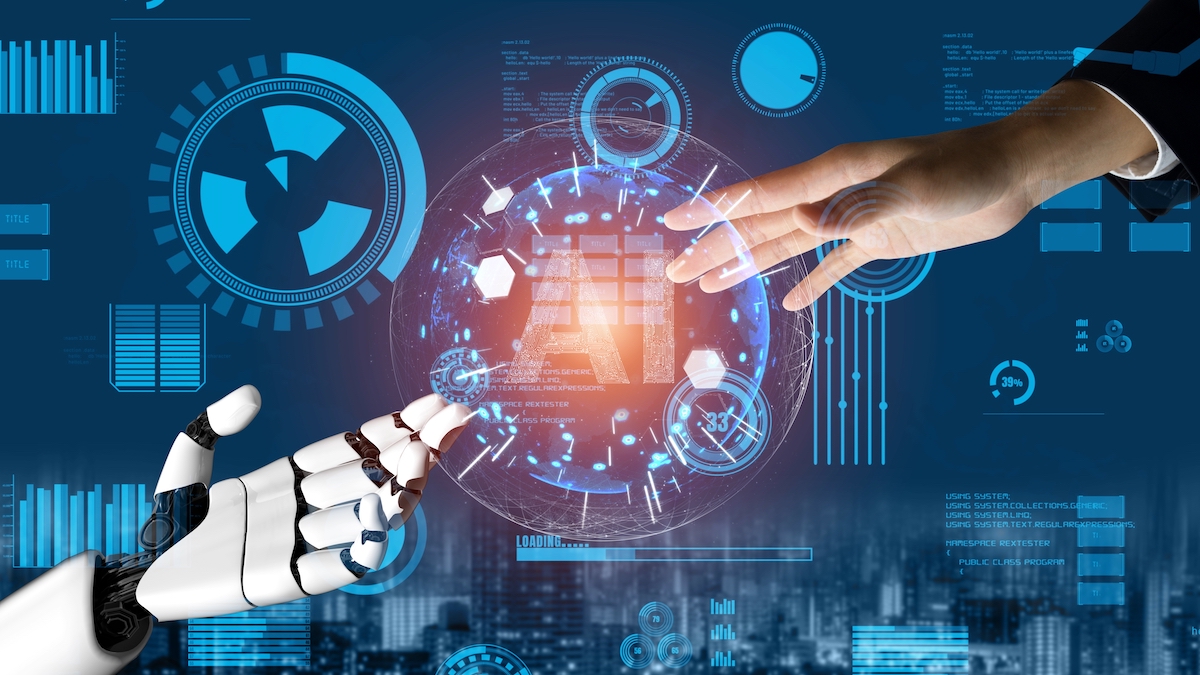In industrial and commercial facility management, staying ahead of technological advancements is not just a matter of competitive edge – it’s a necessity. Facility managers, operations managers, and energy managers in manufacturing, energy and utilities, commercial, and public infrastructure sectors face a myriad of challenges: optimizing energy efficiency, managing costs, ensuring system automation is both effective and efficient, and maintaining compliance with ever-evolving sustainability and environmental regulations. One of the most significant developments addressing these pain points is the integration of the Internet of Things (IoT) and Artificial Intelligence (AI) in building management systems (BMS).
The Rise of IoT in Building Management
IoT technology has revolutionized how building systems are monitored and controlled. By embedding sensors and other IoT devices throughout a facility, managers can gain unprecedented visibility into every aspect of their building’s operations. These sensors collect vast amounts of data on parameters like temperature, humidity, energy usage, and occupancy patterns. This data is crucial for understanding the building’s performance and identifying areas where efficiency can be improved.
AI: The Brain Behind Smart Building Management
The true power of IoT in building management is unleashed when paired with AI. AI algorithms can analyze the large datasets collected by IoT devices to identify trends, predict potential issues, and make automated adjustments to optimize building operations. For instance, AI can predict when a room will be occupied and adjust heating, ventilation, and air conditioning (HVAC) settings in real-time to ensure optimal comfort while minimizing energy waste.
Energy Efficiency and Cost Management
A primary concern for facility managers is reducing energy consumption and managing operational costs. AI-driven BMS can significantly reduce energy costs by automating the control of lighting, HVAC, and other energy-intensive systems. AI algorithms can also identify inefficient equipment or processes, allowing for targeted maintenance and upgrades that save energy and reduce costs in the long run.
Enhancing System Automation
The complexity of automation systems in industrial settings poses a significant challenge. AI enhances these systems by enabling them to learn and adapt over time. For example, an AI-powered BMS can automatically adjust settings based on historical data and real-time inputs, leading to more efficient and responsive building operations.
Superheat Calculations: A Niche but Vital Aspect
In the intricate workings of building management, specific aspects like superheat calculations play a subtle yet crucial role, especially in the efficient operation of HVAC systems. Superheat calculations ensure the refrigerant in HVAC systems operates optimally, and integrating this data into an IoT-AI system can further fine-tune HVAC performance, contributing to overall energy efficiency.
Sustainable Practices and Environmental Compliance
Today’s buildings must not only be efficient but also environmentally sustainable. AI-driven BMS can help facilities meet their sustainability goals by optimizing energy usage and reducing waste. Additionally, such systems can ensure that buildings comply with environmental regulations by monitoring emissions and other environmental metrics, making the data easily accessible for reporting and compliance purposes.
The Role of Digital Twins in BMS
A digital twin, a virtual replica of a physical building, represents another frontier in building management. Integrated with IoT and AI, digital twins can simulate and analyze building performance under various conditions, providing valuable insights for optimizing energy use and operational efficiency.
Predictive Maintenance
One of the most significant benefits of integrating IoT and AI into BMS is the ability to perform predictive maintenance. By constantly monitoring the condition of equipment, AI algorithms can predict when maintenance is needed, preventing breakdowns and reducing downtime. This proactive approach saves money and extends the lifespan of building systems.
User Experience and Occupant Comfort
Enhancing the user experience and ensuring occupant comfort are increasingly important in building management. AI-powered systems can adapt to individual preferences and usage patterns, creating a more personalized and comfortable environment. For instance, smart lighting systems can adjust brightness based on the time of day and occupancy, while smart HVAC systems can adjust temperatures based on the number of people in a room.
Data Security and Privacy
As IoT devices become more connected, data security and privacy become paramount. It’s essential for facility managers to put strong security procedures in place to safeguard crucial data and ensure the privacy of building occupants.
Overcoming Challenges and Looking Ahead
While the integration of IoT and AI in BMS presents immense opportunities, it also comes with challenges, such as the need for skilled personnel to manage these advanced systems and the initial investment required. However, the long-term benefits, including cost savings, efficiency improvements, and enhanced sustainability, make this a worthwhile investment for the future.
Conclusion
For facility, operations, and energy managers in various industries, integrating IoT and AI into their building management systems is not just a step towards modernization; it’s a stride towards future-proofing their operations. As these technologies continue to evolve, they will play a pivotal role in transforming how buildings are managed, making them more efficient, sustainable, and adaptive to the ever-changing needs of their occupants.
Related posts
Categories
Recent Posts
Advertisment


